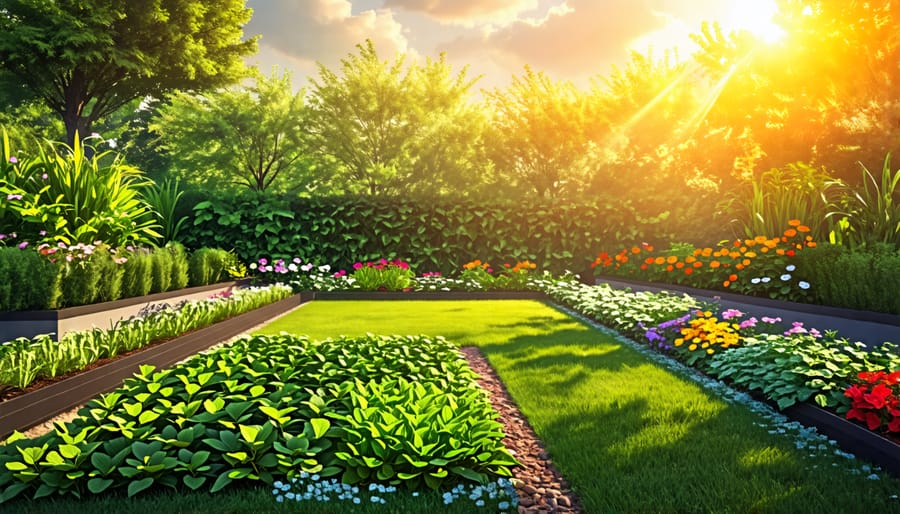A well-organized vegetable garden begins with solid planning. Before diving into the growing season, taking time to consider what, where, and when you’ll plant will maximize the potential of your garden. This approach helps ensure you get the most out of your space, whether you’re a beginner or a seasoned gardener.
Right Plant, Right Place
Understanding your garden’s layout is crucial for choosing the right plants for the right spots. Start by observing how sunlight and shade move through your garden throughout the day. For example, sun-loving crops like tomatoes, peppers, and squash should be placed in the sunniest areas, while leafy greens, herbs, and salad crops thrive in partial shade, especially in warmer climates.
Creating pockets of shade is another effective strategy. Taller plants like sunflowers can be planted in front of shorter ones like lettuce to provide shelter from intense heat, making your crops more resilient. Additionally, assess wind exposure: plants like climbing beans may struggle in windy spots, whereas corn, which benefits from light wind pollination, may do better in these areas.

Crop Rotation
One of the keys to maintaining a healthy, productive garden is crop rotation. By rotating plants from different families each year, you reduce the risk of pests and soil-borne diseases while preserving soil health. For example, after planting nitrogen-fixing beans or peas, consider following up with cabbage, which requires more nutrients to grow successfully.
Careful planning helps ensure the right crops are rotated into each bed. Tools like a Garden Planner can assist by marking areas where certain crops have been planted, making it easier to track and rotate plants. This prevents soil depletion and reduces the need for chemical fertilizers.

Know What to Sow and When
To keep your garden running smoothly, it’s important to know when to sow, plant, and harvest your crops. A solid planting schedule helps ensure you don’t miss essential tasks during the busy growing season. A Garden Planner is a great tool to create a detailed timeline that matches your local climate, providing accurate sowing and planting dates, as well as reminders for each task.
Additionally, using a planner allows you to accurately calculate how many plants you’ll need for your available space, helping you avoid over-purchasing seeds, pots, or supports. This saves you money and time, ensuring you’re well-prepared for every step of the planting process.
Maximize Your Space
Efficient use of space is critical for a successful garden. To keep the harvest flowing all season, aim for continuous crop turnover. As one crop finishes, have another ready to take its place. This technique, known as succession planting, is easy to manage with a Garden Planner, which helps you identify gaps in your planting schedule. By selecting crops that are ready to plant in those gaps, you can double the number of harvests from the same area, improving productivity and extending your growing season.

Final Thoughts
Planning your garden carefully is key to a productive and rewarding growing season. By considering plant placement, crop rotation, and timing, you can create a garden that is both efficient and fruitful. With tools like a Garden Planner, gardening becomes more enjoyable and less stressful. Share your plans with us in the comments, and let’s grow together!
